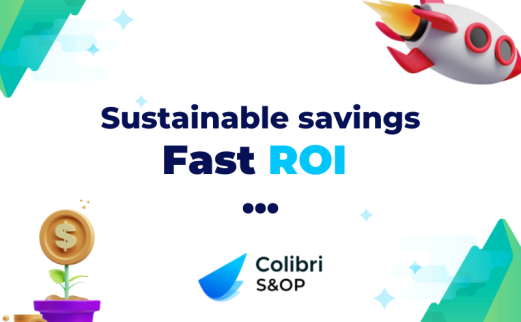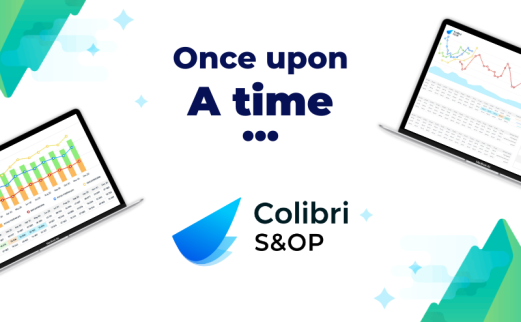Here are 5 steps to optimize your supply planning with Colibri:
1. Data import
The first obvious step to optimize your planning is to import the adequate data. The import of stocks and planned receipts as well as standards SKUs and locations are essential to the correct progress of the replenishment process.
2. The configuration
Once imports are completed, the Supply Chain manager can set up logistics rules. He or she defines the planning group that regroup different articles (articles to their ABC class for example) and one or more locations (warehouse, point of sales…). Theses groups are then affected to a planner that will oversee the associated replenishment plan. The planner is in charge of defining the logistics rules for these specifics planning groups (safety stocks, order point, requirements calculation, planning horizon, calendars, etc…).
3. Calculation of the replenishment plan
The launch of the replenishment calculation is automatic (daily or weekly) and considers the set up made by the planner. The calculation allows to generate a replenishment plan and to define the alerts situations (shortage, delays, safety stocks consumption, planning needs). A planner assistant generates advices when an ongoing order can cover the requirement.
4. Planner
Once the calculations completed the planner can work at different alerts levels to:
- Consult and modify the plans calculated by the system
- Contact the suppliers according the advices given by the planner assistant
- Create buying orders
- Validate purchase orders suggested by Colibri
5. Order creation
Once the planner has validated the replenishment plans and buying orders, he exports them to create orders in the ERP.
Simplify your replenishment and distribution planning with the FLOW module (démo) edited by Colibri. You will be able to modelized your distribution network and replenished the eligible articles through this network.






